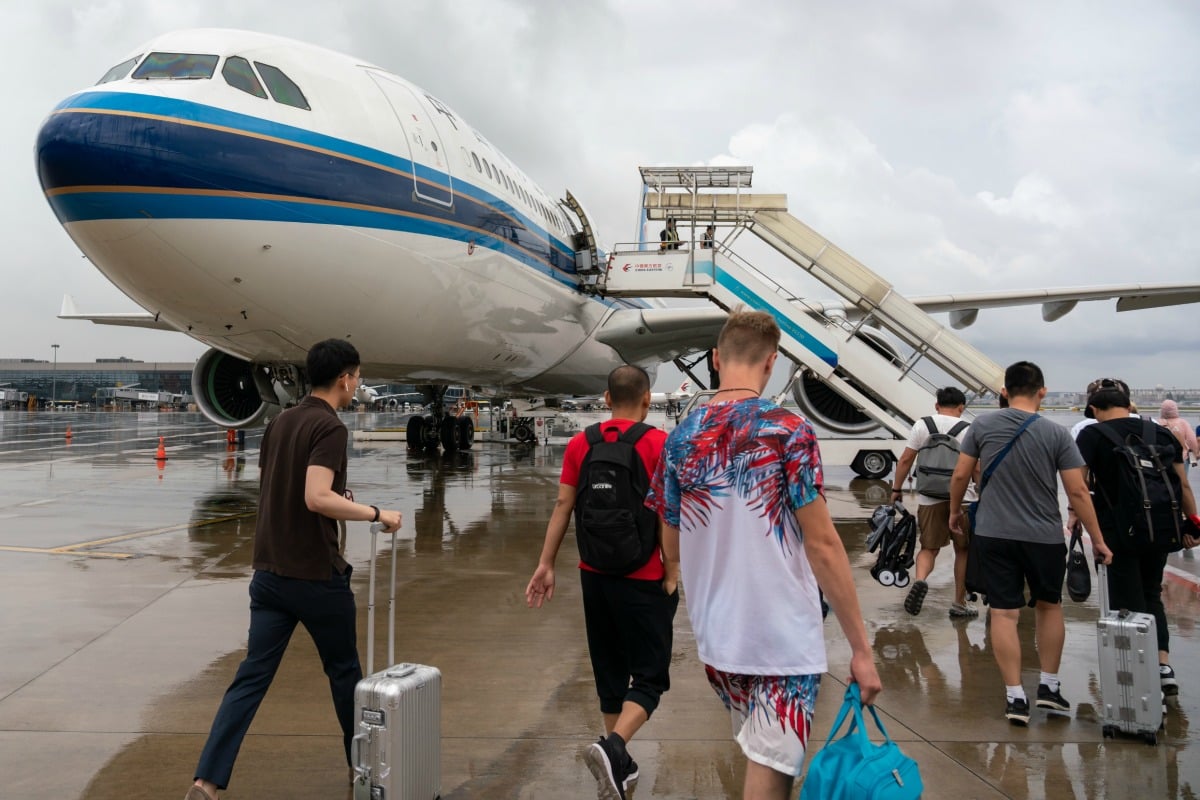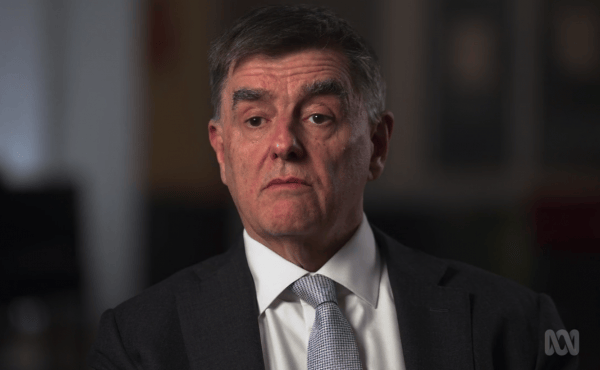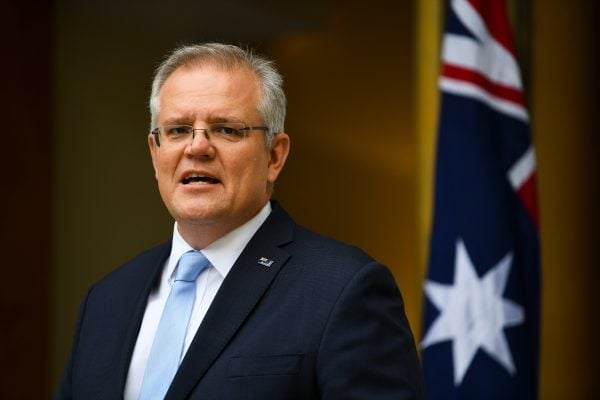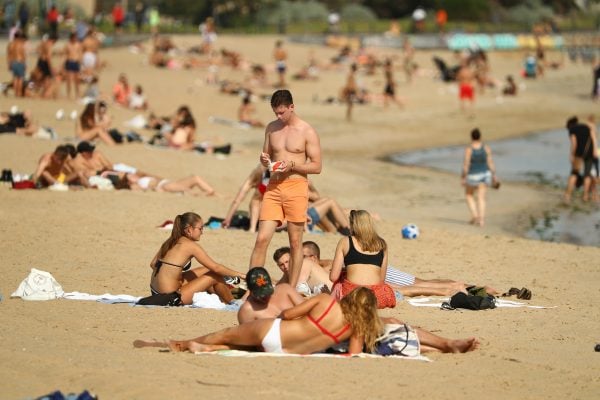
China Southern Airlines Flight 321 touched down in Melbourne from Guangzhou on January 19.
On board was a 58-year-old man from Wuhan, who five days after arriving in Australia presented to a local GP with a fever, cough and shortness of breath.
He had COVID-19 and was the first known case of the deadly and highly transmissible disease in our country.
WATCH: The preview for Four Corners last night. Post continues after video.
Despite being well prepared – calling ahead to the Monash Medical Centre and wearing a mask on arrival (he was well aware of the disease’s prevalence in his home country) – he’d already been in the Melbourne community for a week.
The same day the man was confirmed as being COVID-19 positive, three more people were diagnosed in Sydney.
They’d all flown in from Wuhan.
Two days later, a 21-year-old from Wuhan – studying at the University of New South Wales – tested positive.
Then, a man and a woman from a Wuhan tour group who had flown into the Gold Coast were confirmed as positive.
COVID-19 started on our shores with these seven people, and now it’s infected more than 4000, killing 19.































































































